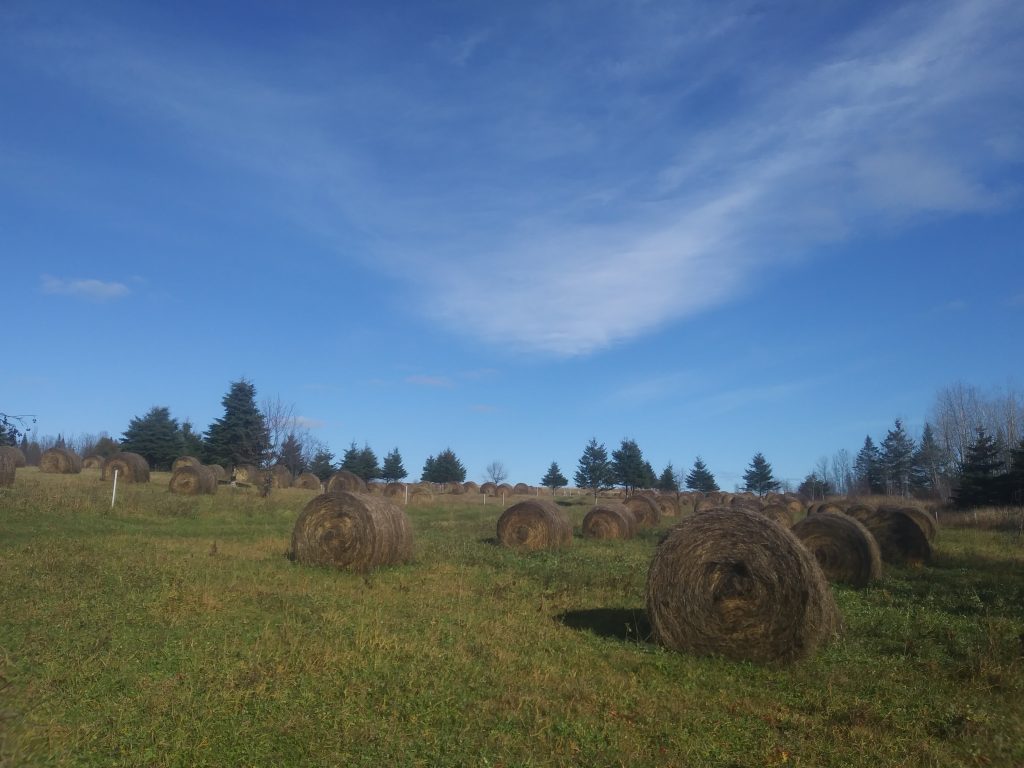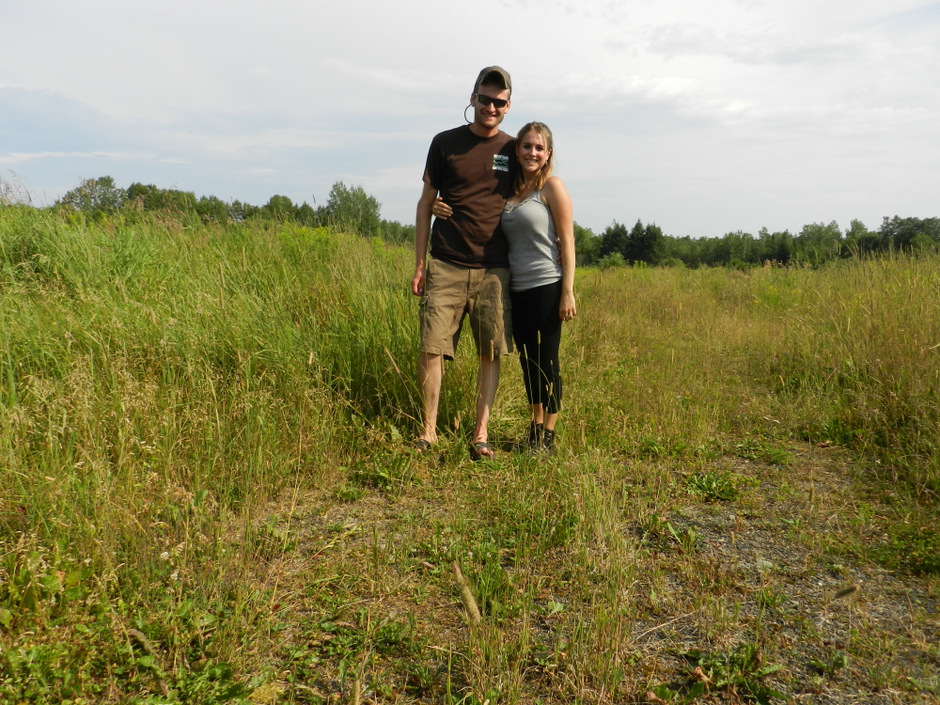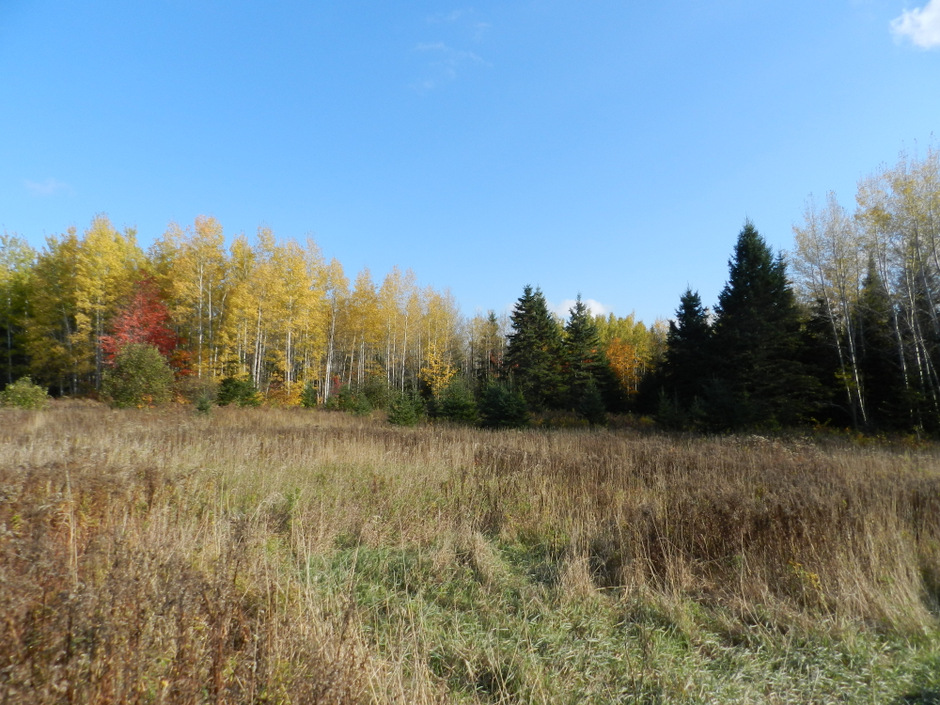
As it happens every year, winter has officially begun here on the cattle farm. Technically, this is still “fall-time”, but mother nature doesn’t pay attention to a calendar. Dreams of the snow and ice waiting until December, are just that – dreams. For some reason, I am having a harder time adjusting to the start of winter than I did last year and the year before. I am pretty such it has to do with the fact that last winter was BRUTAL for this part of the country. The absolute worst winter in a very long time. Spring was wet. Summer was a nice break but also so incredibly buggy (rare August hatch of black flies in addition to the usual May-hatch). We did have a few nice fall days and now, winter. All in all, our spring, summer and fall brought a lot of rain, which was great for pasture growth and for the haying season. There just wasn’t enough of those nice sunny, bug-free days, though…..

The boys and I made our rounds on Veteran’s Day, enjoying the bare ground and NO SNOW. I explained to the boys that by this time tomorrow, we would be full into winter and that the pasture grounds would not visible again for a good 6 months. Sure enough, the next day saw us with school canceled, as a major storm dumped snow on us all.day.long. Hello, winter. It has certainly not been long enough since we last visited….

So, yesterday morning found me chopping ice off of hay bales and removing heavy ice from hay bale grazing wires.
Chop, chop, chop, take a breath, chop, chop, chop, contemplate my life choices, chop, chop, chop, and there goes that top frozen layer…bye bye and hello, nice hay below… See you again this afternoon!
Ice can really weigh down your wires and take away the tension. This was the aftermath of storm #2. Neither the cows nor I were impressed. But, life continues, as does work on the farm. You gotta hunker down and get it done.
We feed out our hay via hay-bale grazing during the winter months. The location for our hay-bale grazing sites rotates each year, allowing us to add fertility back into the soil, promoting increased grass production and ultimately, allowing us to get more summer and fall grazing days out of those same pastures.

We have had great success with this method. It has been really incredible to see a previously under-performing section of pasture or pastures, flourishing, with good quality grass and clover and not choked with weeds, following a winter hay-bale grazing season. Good validation for what we are trying to do.
Keeping pasture improvement in mind and knowing that winter loves to come early to Northern Maine, we placed a certain number of hay bales in a separate pasture, away from our main hay-bale grazing sites. We knew that our cows would rotate into this final pasture as winter approached and having a hay bale site already set up, would make the transition much easier for them and for us. With the unpredictability that winter can bring, we were certainly glad that we planned this way.

The morning of November 13th, found me at the hay bale site, calling “hey mama’s!”, to the herd way across the snowy pasture. The cows know our voices and they know when we start calling, they better start coming. Slowly but surely, they made their way through the snow, to the hay bale site and started chowing down! Good, Mama’s!



Be sure to check-out some of our winter related posts below. We will be adding many more for winter 2019-2020. Also, be sure to check-out our new blog series on Hay Quality as well as our updated thoughts on Beef castration banding and delayed castration!
Staying Warm in the Winter on a Cattle Farm: Carhartt Women’s Insulated Bib Overalls
Christmas Gifts for the Cattle Farmer: Clothes, Books, Tools and More!
Winter Hay Bale Grazing: Part 1 of 4
Beef Bull Castration: How to Use Castration Banders, including the Callicrate SMART Bander
Testing and Measuring the Quality of your Cattle’s Winter Hay – PART 2: Testing Hay Quality
Raising Beef Cattle in Brutal Winter Conditions and Sticking to the Routine







